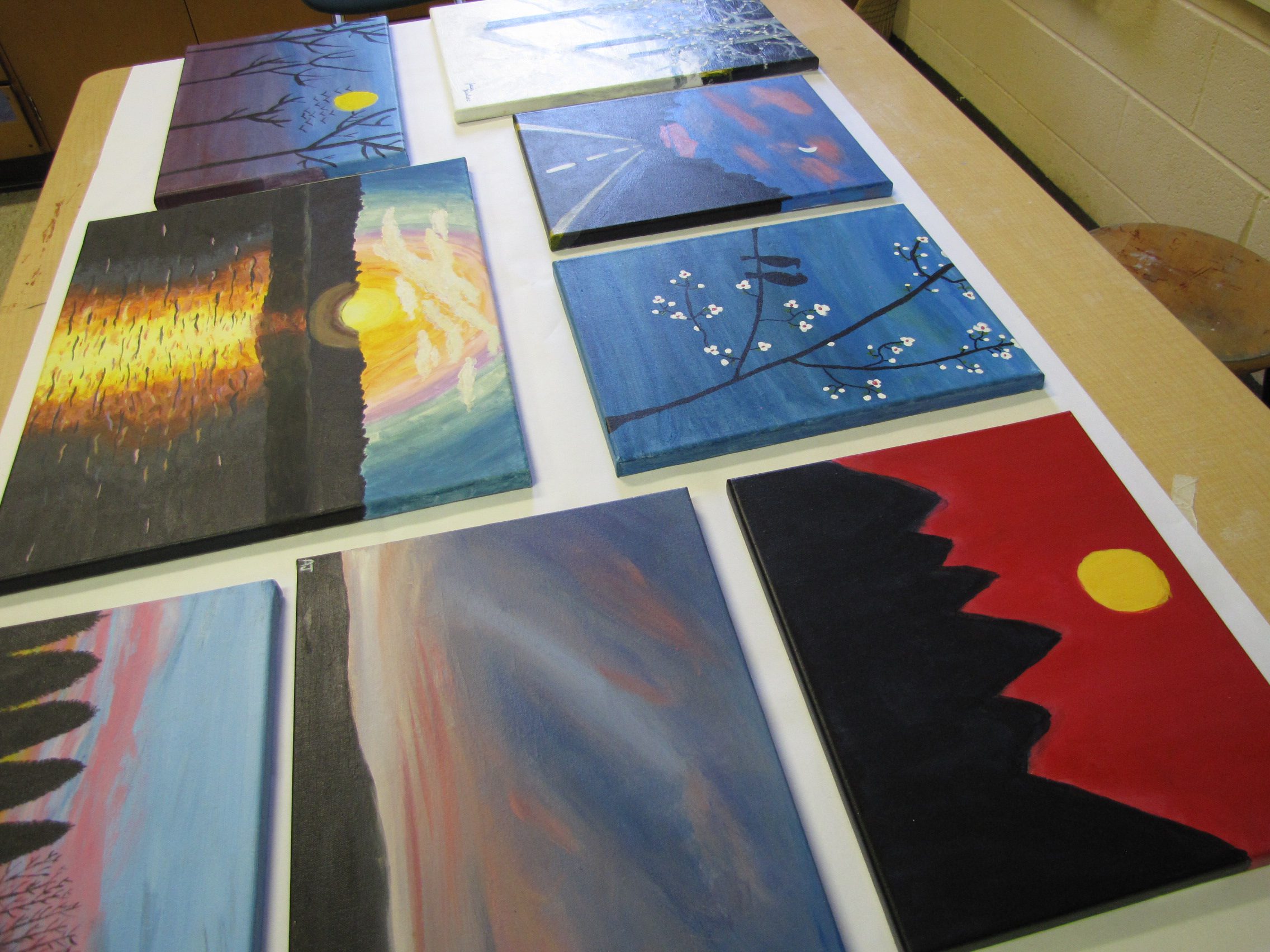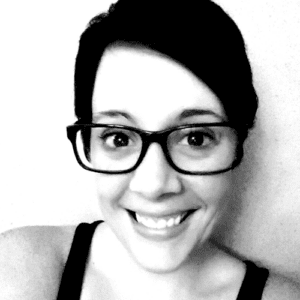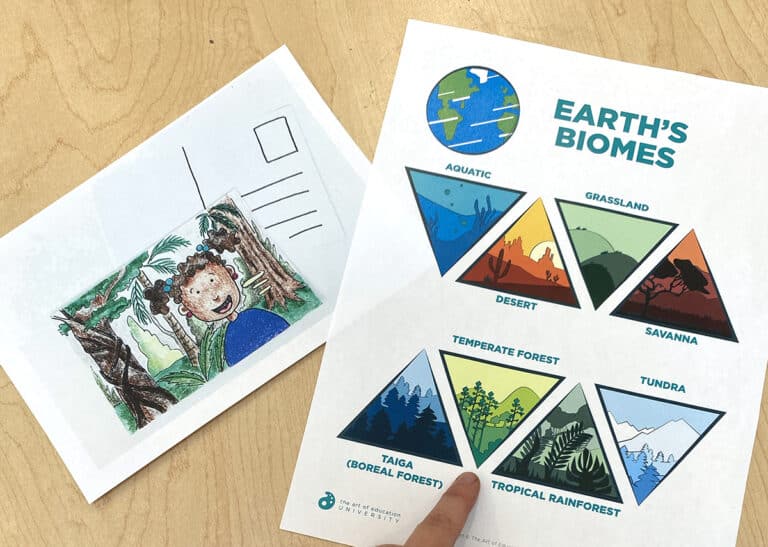The work was stunning – full of bold color and movement. It looked advanced and child-like at the same time, perfectly orchestrated. As if I didn’t already know it was superior to the work I’d entered, the gleaming first place ribbon made it clear. It was my first year teaching and my school’s entry for the state fair just didn’t measure up. I didn’t measure up. Many of us have the same feelings when we see the work of other teachers, at shows or online.
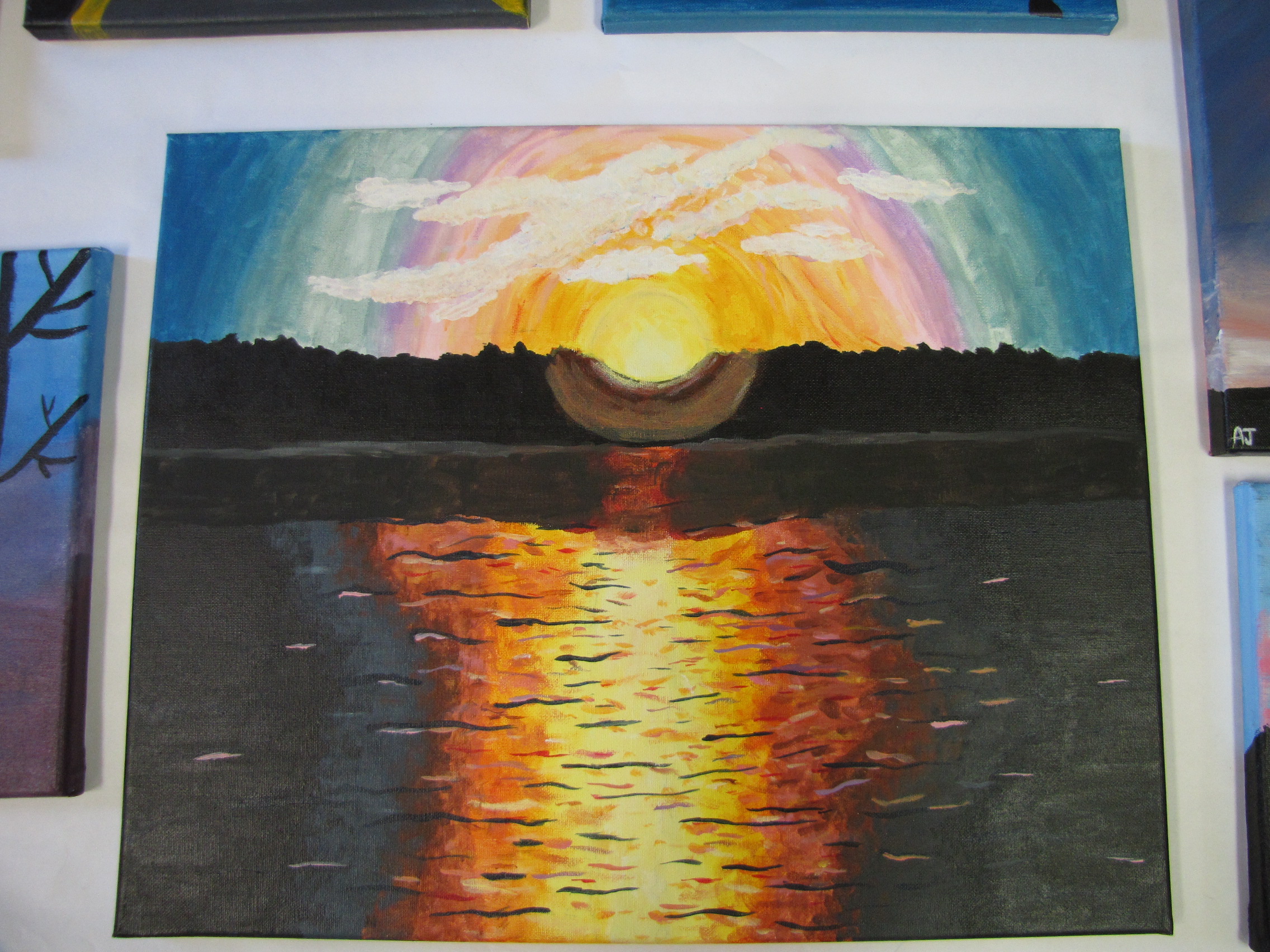
Comparing ourselves to colleagues is easy to do. The product of our efforts is visual and lends itself to aesthetic evaluation. “How did she do that?” we wonder. “Where did he get that idea?”
It’s easy to look at our students’ work and find it lacking unless we take into account one little fact: the work we show is an illusion.
Teachers often choose to show or share only the projects that were most successful, leaving out the rest. It doesn’t present an accurate picture of what we’ve done or what our kids have achieved.
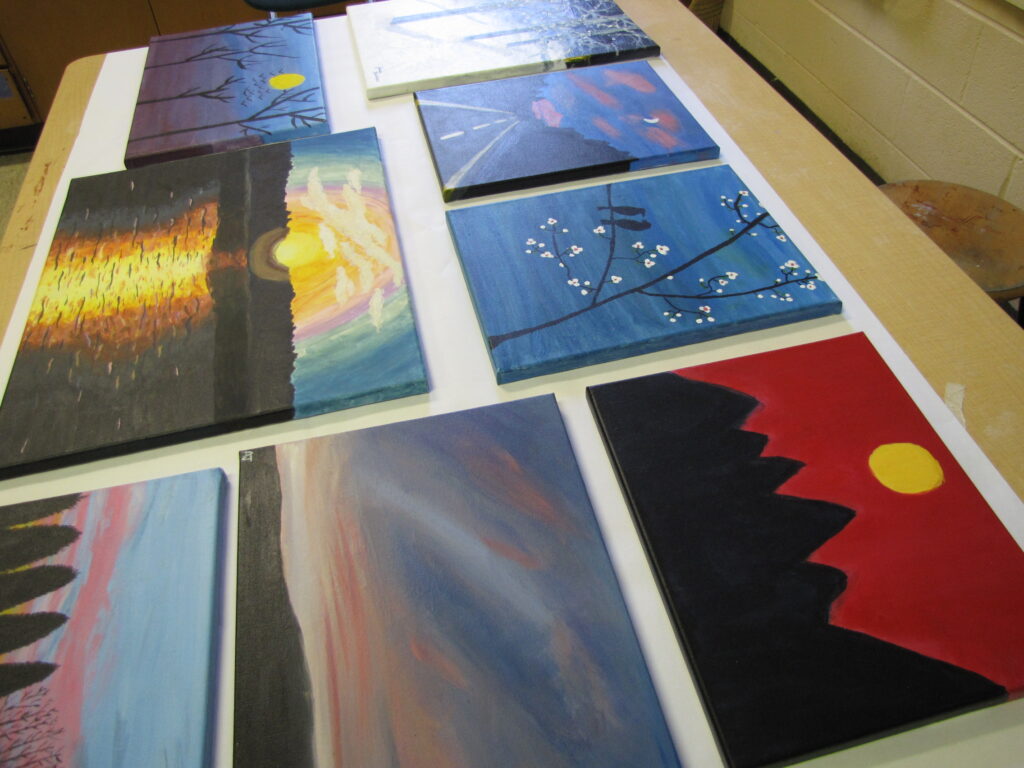
Walk into an art classroom on any given day and you’ll see a range of levels of success. Some kids will get it right away, making work that looks effortless and beautiful. Others will need help: reteaching, more explanation. Some will hurry through, careless and sloppy while others will work so slowly that they never finish.
The teacher will work with each of them, or try to – some teachers have more students per class than instructional minutes. Questions will be answered and help given. Students will learn new things, struggle, and improve. None of the individual growth that is integral to successful teaching is visible in the final product, especially in displays that only include the “best” work. This is why you should never compare yourself to the work other teachers display – the final product leaves out all of the journey and the context.
Instead, what if we all shared and celebrated the process of art-making in addition to the end point? How would art education look if we valued effort and growth as much as aesthetics? Of course, we want other teachers to see the best work that comes out of our programs, but we should share the rest too – it’s our reality. I challenge every art teacher to show a range of responses to assignments or to chronicle a student’s art-making process and share it. The teaching of art should be judged by the amount of learning that has taken place as well as its appearance, by us and by anyone else.
Do you only choose to show the best examples of work from your classroom?
How do you document and share your students’ art-making process?
Magazine articles and podcasts are opinions of professional education contributors and do not necessarily represent the position of the Art of Education University (AOEU) or its academic offerings. Contributors use terms in the way they are most often talked about in the scope of their educational experiences.
